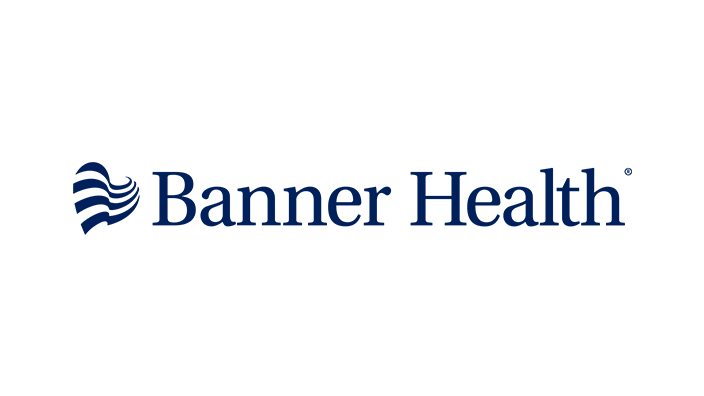Every day, providers and pharmacists see unnecessary alerts in the electronic health record. They ignore the alert and move on, which can slowly increase alert fatigue. One study found as many as 68% of drug-drug interactions and 51% of duplicate drug alerts are overridden.1 To support patient safety while addressing alert fatigue among pharmacists and providers, leaders at Banner Health optimized medication clinical decision support (mCDS) and dose range checking (DRC) alerts. The effort helped reduce alerts fired by more than 500,000 per month.2
"Before we collaborated with Cerner, there was just so much data, but we didn't have data down to the granular level we needed to make some decisions to positively impact our alert firings," said Denise Erickson, senior director of clinical sources.
Banner and Cerner Continuous Improvement Delivery (CID) services began working in 2018 to optimize the alerts clinicians received and reduce the number of unnecessary alerts. CID utilized Model Experience recommendations, a combination of best practices from Cerner's client base, paired with data from a month of alerts at Banner to help determine which alerts to suppress and which alerts to allow.
"We looked at which alerts were firing and whom they were firing to," said Brooke Clark, PharmD, pharmacy informatics specialist. "We took that information, compared it against our current preferences, and did a deeper dive in terms of where the alerts fired and where they inappropriately fired."
For mCDS alerts, pharmacists saw a 32%3 decrease in total alerts and accepted 38%4 more of the alerts they received. Providers saw 33%5 fewer alerts and accepted 15.5%6 more of the alerts they did see.
"We did receive feedback that there was a noticeable difference and decrease in the number of alerts firing, both on the pharmacy side and the provider side," said Erickson.
For DRC alerts, the two teams turned on more alerts by increasing the number of groupers — groups of medicines that trigger alerts. Previously, Banner had 58 groupers turned on for pharmacists. After optimization, Banner turned on more than 3,900 groupers to increase dose range checking coverage and assist in enhancing patient safety. In addition, the pharmacists accepted 258% more alerts per day than before.7
Post-go-live, Cerner provides Banner leaders with a quarterly monitoring dashboard for one year, displaying their highest alerting DRC groupers. Using that information, the staff can continue working with CID to further fine-tune DRC groupers resulting in more meaningful alerts.
"It's an iterative process," said Andrew Davison, pharmacy informatics specialist. "We're continuing to look at our highest firing alerts and determine if we should make adjustments. Every time we optimize our top ten highest firing alerts, we then go on to the next ten."
1Nanji, Karen C., et al., "Medication-related clinical decision support alert overrides in inpatients," JAMIA, accessed August 8, 2020, https://www.health.gov.au/internet/main/publishing.nsf/Content/DA8177ED1A80D332CA257BF
2Comparing a total of 29,088,567 alerts measured from May – July 2018 for an average of 9,696,189 alerts per month compared to a total of 27,517,567 from August – October 2018, for an average of 9,172,522 alerts per month.
3Comparing a total of 1,002,324 mCDS pharmacist alerts from May – July 2018 to 686,290 alerts from August – October 2018.
4Comparing a total of 3.3998% mCDS pharmacist alerts accepted from May – July 2018 to 4.6864% of alerts accepted from August – October 2018.
5Comparing a total of 251,710 mCDS provider alerts from May – July 2018 to 168,406 alerts from August – October 2018.
6Comparing 14.5384% mCDS provider acceptance rate from May – July 2018 to 16.7903% acceptance rate from August 2018 – October 2018.
7Comparing a monthly average of 16.7 DRC alerts accepted daily from October – December 2019 to 60 accepted alerts a day from February – April 2020.


